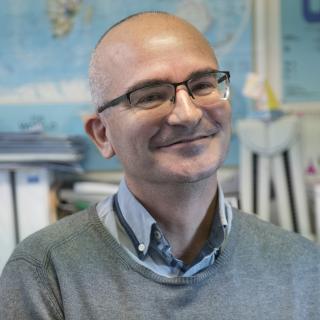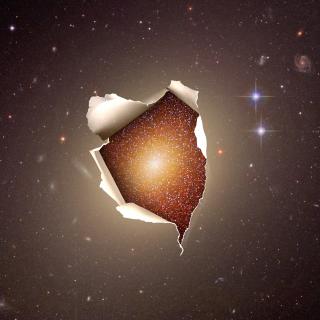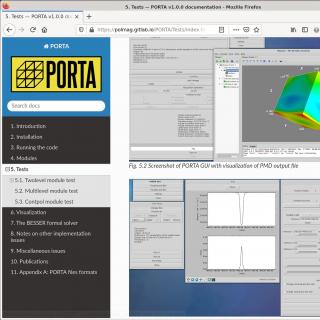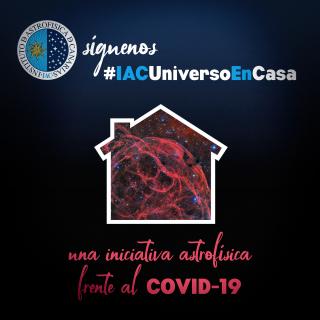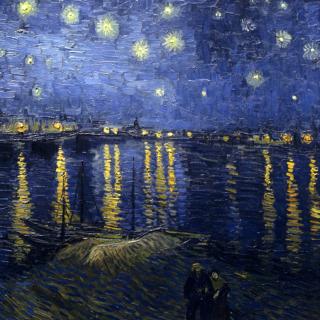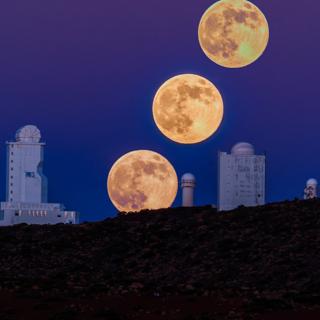
On April 8th, you will be able to see the third and biggest Supermoon of 2020. If you follow the recommendations we present below you will be able to obtain some beautiful images of the full Moon from your home.
Advertised on
This section includes scientific and technological news from the IAC and its Observatories, as well as press releases on scientific and technological results, astronomical events, educational projects, outreach activities and institutional events.

